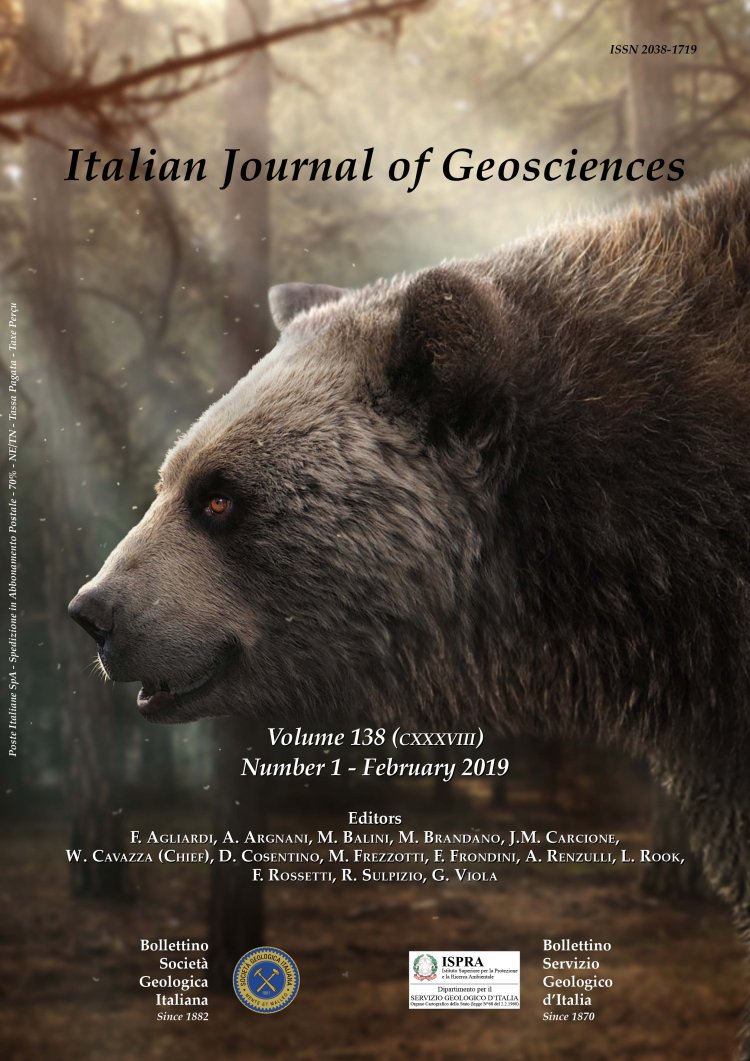
First occurrence of the short-faced bear Agriotherium (Ursidae, Carnivora) in Italy: biochronological and palaeoenvironmental implications
Luca Bellucci (1,2,3), Italo Biddittu (2), Mauro Brilli (4), Jacopo Conti (3,5), Marco Germani (2), Francesca Giustini (4), Dawid Adam Iurino (3,5), Ilaria Mazzini (4) & Raffaele Sardella (2,3,5)
(1) Polo museale, Sapienza Università di Roma, P.le A. Moro 5, I-00185 Roma, Italy.
(2) Istituto Italiano di Paleontologia Umana, via U. Aldrovandi 18, I-00197 Roma, Italy.
(3) PaleoFactory, Sapienza Università di Roma, P.le A. Moro 5, I-00185 Roma, Italy.
(4) Istituto di Geologia Ambientale e Geoingegneria, CNR, Area della Ricerca di Roma1, Via Salaria Km 29,300, I-00015 Monterotondo Staz., Roma, Italy.
(5) Dipartimento di Scienze della Terra, Sapienza Università di Roma, P.le A. Moro 5, I-00185 Roma, Italy.
Corresponding author e-mail: luca.bellucci@uniroma1.it.
Abstract
Keywords
Get Full Text Supplementary Material